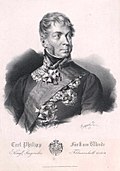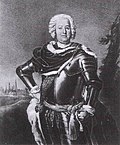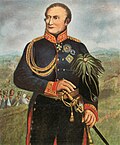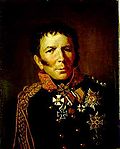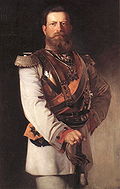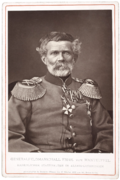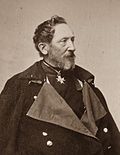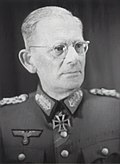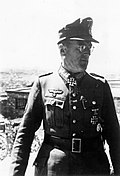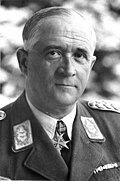Electorate (1356–1806) and Kingdom of Saxony (1806–1918)
| Name | Date of promotion | Birth and Death | Portrait | Reference |
|---|---|---|---|---|
| Hans Georg von Arnim-Boitzenburg | 21 June 1631 | 1583–1641 |  | [4] |
| Francis Albert of Saxe-Lauenburg | 24 November 1632 | 1598–1642 |  | |
| Rudolf Graf von Marzin | 19 October 1638 | 1585–1645 |  | [5] |
| Ernst Albrecht von Eberstein | 1 January 1666 | 1605–76 |  | |
| Joachim Rüdiger of Goltz | 28 August 1681 | 1620–88 |  | [6] |
| Heino Heinrich Graf von Flemming | 8 September 1688 | 1632–1706 |  | |
| Hans Adam von Schöning | 9 April 1691 | 1641–96 |  | |
| Jeremias of Chauvet | 10 May 1693 | Unknown–1699 | — | [7] |
| Heinrich VI Reuß zu Obergreiz | 30 September 1697 | 1649–97 |  | |
| Adam Heinrich von Steinau | 27 August 1699 | Unknown–1712 | — | |
| Georg Benedikt von Ogilvy | 3 December 1706 | 1651–1710 |  | |
| Jacob Heinrich von Flemming | 22 February 1712 | 1667–1728 |  | |
| Christoph August of Wackerbarth | 17 April 1730 | 1662–1734 |  | [8] |
| Johann Adolf II, Duke of Saxe-Weissenfels | 26 November 1735 | 1685–1746 | 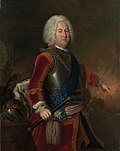 | [9] |
| Frederick Augustus Rutowsky | 11 January 1749 | 1702–64 |  | |
| Johann Georg, Chevalier de Saxe | 27 July 1763 | 1704–74 |  | [10] |
| Frederick of Anhalt-Dessau | 6 January 1775 | 1705–81 |  | |
| Albert of Saxony | 11 July 1871 | 1828–1902 |  | [11] |
| Georg of Saxony | 14 June 1888 | 1832–1904 |  |












